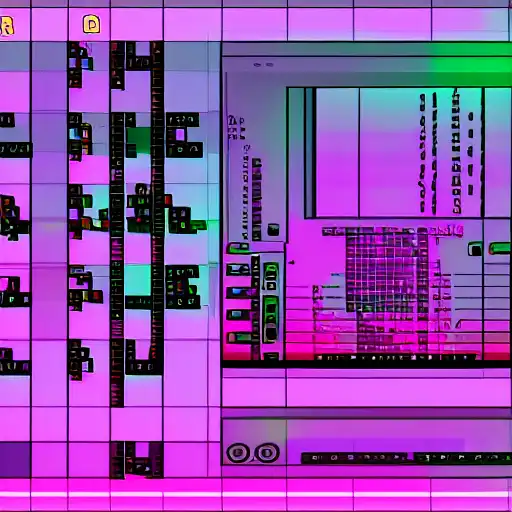
Mar 3rd, 2023
Introduction
Welcome to the final post in the CLIPS series on my professional, personal blog! In this post, we will be discussing the various ways that CLIPS can be used for expert systems and some advanced programs that you can build using CLIPS.
Usage in Expert Systems
CLIPS is a powerful tool that can be used to create expert systems, which are computer programs that mimic the decision-making abilities of a human expert. Some examples of expert systems that can be built using CLIPS include:
- Medical Diagnosis: A system that uses medical knowledge to diagnose patients based on their symptoms.
- Financial Advice: A system that provides financial advice based on a person's financial situation and goals.
- Legal Advice: A system that provides legal advice based on the facts of a case.
These are just a few examples of the many types of expert systems that can be built using CLIPS. The key to building an expert system using CLIPS is to have a clear understanding of the domain you are working in and to create clear, concise rules that represent that knowledge.
Advanced Program Using CLIPS
In addition to expert systems, CLIPS can also be used to build more advanced programs. One example of such a program is a recommendation engine. A recommendation engine is a program that recommends items to users based on their preferences and history.
Here's an example of how you might build a recommendation engine using CLIPS:
(defrule recommend (user-preference ?user ?preference) (item-category ?item ?category) (test (eq ?preference ?category)) => (assert (recommendation ?user ?item))) (defrule remove-recommendation (not (user-preference ?user ?preference)) (recommendation ?user ?item) (item-category ?item ?category) (test (eq ?preference ?category)) => (retract (recommendation ?user ?item)))
In this example, the first rule "recommend" uses the "user-preference" and "item-category" facts to determine if a user's preference matches the category of a particular item. If the preferences match, the rule asserts a "recommendation" fact.
The second rule "remove-recommendation" uses the "not" function to remove any previously made recommendations if the user's preference changes. This ensures that the recommendations are up-to-date and relevant to the user's current preferences.
Conclusion
In this final post of the CLIPS series, we have discussed the various ways that CLIPS can be used for expert systems and advanced programs. Whether you are building a simple expert system or a more complex recommendation engine, CLIPS provides a powerful and flexible tool for rule-based programming.
Thank you for following along with the CLIPS series on my blog. I hope you have found this series informative and helpful in your understanding of CLIPS and rule-based programming. If you have any questions or comments, please feel free to reach out!